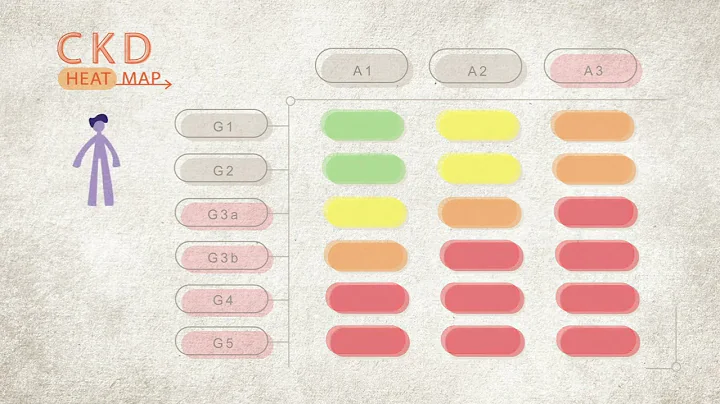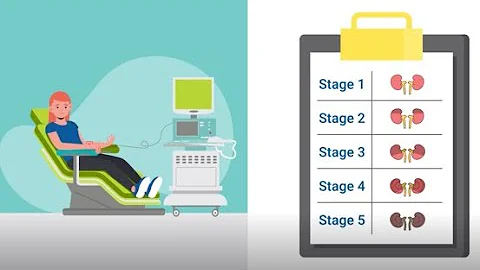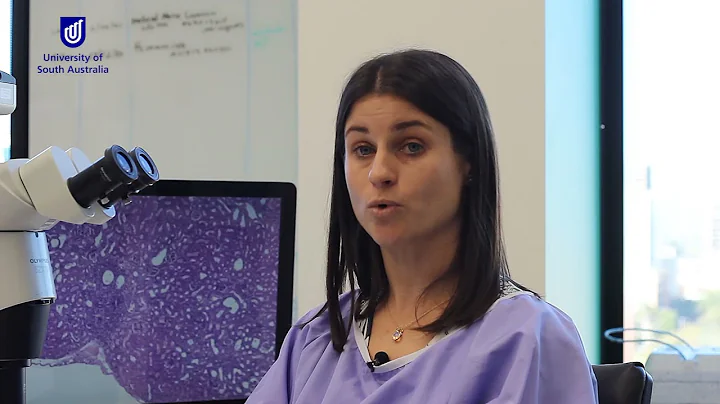Clinically, we divide chronic kidney disease into stages 1-5. Generally speaking, stages 1-3a are in the early and middle reversible stages, while stages 3b-5 have progressed to the irreversible middle and late stages. The dividing line is glomerular filtration rate 45ml/min, which is about blood creatinine 265μmol/L. I have told you this knowledge about kidney disease before.
However, it is less accurate to judge whether kidney disease is reversible based on the quality of kidney function. We can only say "generally" or "approximately". Is creatinine 260 definitely reversible? Is creatinine 270 irreversible? uncertain.
Today we introduce a more accurate and reliable way to judge whether kidney disease is reversible: pathologically. What do you think of
?
Friends who have had renal puncture biopsy can take out their renal puncture report to see whether their pathological changes are mainly reversible active lesions or irreversible chronic lesions.
active lesions, reversible
active lesions, are progressive lesions, including:
mesangial cell proliferation inflammatory cells infiltration cellular crescents, acute tubular injury, etc.
Why are these lesions reversible?
Mesangial cell proliferation and inflammatory cell infiltration are both manifestations of inflammatory activity; cellular crescents are early, fresh crescents that have not yet transformed into later crescents; renal tubular epithelial cells , It is the only regenerative cell in the kidney.
In short, these lesions are all in their early stages. These pathological changes can be restored after the inflammation is suppressed and the causative factors are removed.
If you are lucky enough and the pathological changes are all these early lesions, then you may get pathological recovery through treatment - which means a complete cure, which is often called "root removal". Of course, we do not encourage friends who have clinically cured and to undergo kidney biopsy to see whether the pathology is cured.
After talking about reversible, let’s talk about irreversible:
Chronic lesions, irreversible
are different from active lesions that are “progressing”, chronic lesions are lesions that have “finished progression”. It is mainly atrophy, sclerosis, fibrosis, lesions, including:
Global glomerulosclerosis, segmental glomerulosclerosis, fibrous crescents, tubular atrophy, interstitial fibrosis, etc.
These diseased tissues are not so much It's better to say "sick" than "dead". If the tissue cells are diseased, they can still be cured; but if they die, they are really powerless, and no panacea can bring the dead back to life.
The kidneys of patients with uremia have almost completely transformed into chronic lesions, which is why it has become an incurable disease. I have seen many people claiming to have folk remedies and miracle medicines that can cure uremia. This is equivalent to saying that they have the ability to bring the dead back to life, and they just put "I am a god" on their foreheads. They are all scams and rumors.
From the above lesions, we can see that although pathology and clinical evaluation use different evaluation criteria, one thing is the same: early kidney disease has a greater chance of cure. Early detection and early treatment have significant advantages, both medically and economically.
























